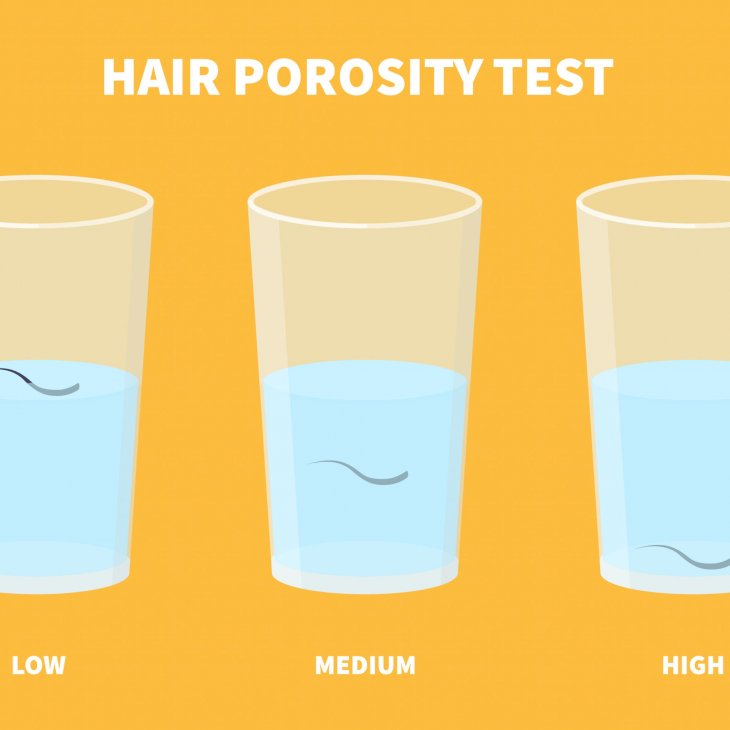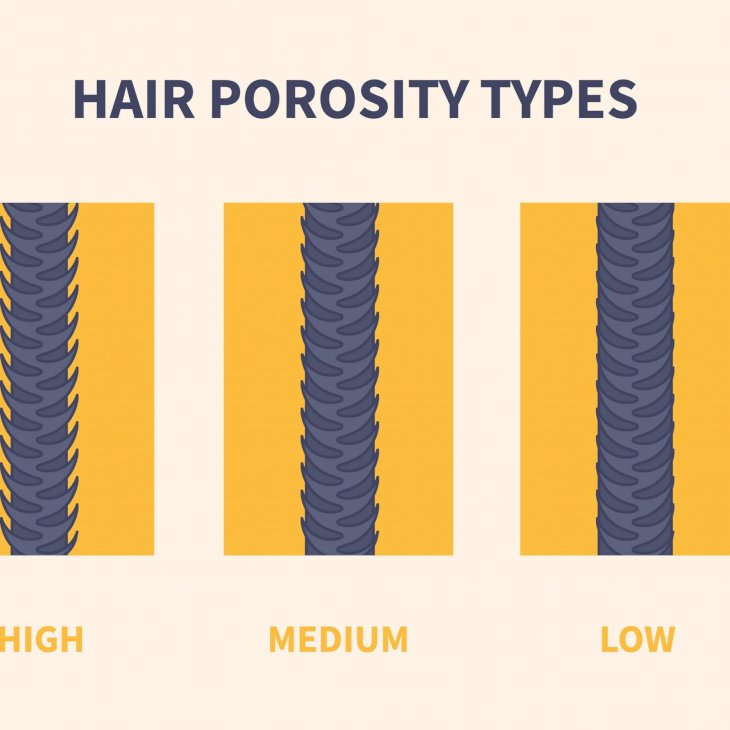
A Guide To Determining Your Hair's Porosity
Understanding your hair porosity can help you create a more efficient hair care regimen that will ultimately help you grow your hair healthier.
Moisture is one of the key determining factors to having good, healthy hair. Your hair's ability to absorb and retain this moisture is primarily governed by your hair porosity.
Hair porosity is affected by the outer layer of your strand called the cuticle, which determines how easily moisture passes in and out of your hair. Porosity is grouped into three categories; low porosity, medium porosity, and high porosity.
Testing Porosity

Shutterstock
Testing your porosity from home is quite simple. You need a glass of water and a clean strand of your hair. To get the best results, it's advised that you do this after washing your hair, so that product build-up doesn't affect the result.
Take your hair strand (you can take two or three to be sure), drop them in the water, and watch what happens. Low porosity hair will float.

Shutterstock
If your hair sinks immediately, you can consider your hair's high porosity. If your hair sinks slowly or stays somewhere halfway, that means you have medium porosity hair.
Low Porosity Hair

Shutterstock
Having low porosity hair means that your hair cuticles sit tightly close together. It's considered healthy and can often appear shiny. However, water and oils don't permeate the strands of low porosity hair easily because of the structure.
This porosity type is prone to build-up and can become straw-like and dry. The key to hydrating low-porosity hair is to regularly wash and condition to ensure you're consistently putting in moisture.
Medium Porosity Hair

Shutterstock
Often deemed the easiest hair porosity type to maintain, medium or normal porosity hair allows for moisture to penetrate the strand while retaining the moisture.
For medium porosity hair, make sure that you deep condition when you wash. You might want to add the occasional protein treatment, but your hair can still thrive without it.
High Porosity Hair

Shutterstock
High porosity hair is often frizzy, dry, and might break easily. However, it's not always because of damage, and sometimes, hair cuticles are just inherently more widely spaced. While this porosity type hair is able to take in a lot of moisture, its ability to hold on to that water is not as strong.
The strategy to keeping your hair moisturized involves sealing in the moisture, so it doesn't escape. As such, use leave-ins and butter to "fill" the gaps in your hair and lock as much moisture as possible.